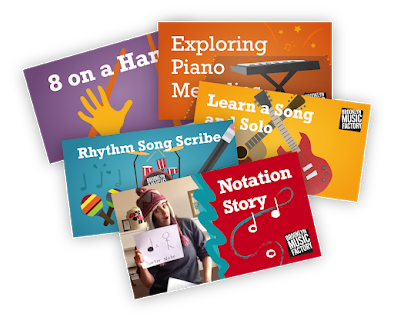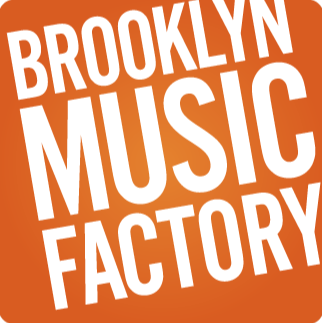music games for kids
You’ve probably seen or heard your child talking about playing musical games during their lessons, winning Big Music Game’s badges as they pass each level. Or maybe you’ve seen other kids with BMG badges (stickers) covering their lesson binders….maybe even stuck on their guitar case or even their forehead!
What do those stickers even mean?!
What’s a Big Music Game?
Big Music Games are ear training and music theory games and they’re woven into every lesson and every class at Brooklyn Music Factory. At Brooklyn Music Factory, students play these educational music games—regardless of the musical instruments they play or where they are on their musical journey—to learn music theory, grow communication skills and have fun with music!
-
Along the way, students acquire Big Music Game badges for several reasons:
- As a reward for passing Big Music Game levels
- To measure a student’s musical growth
- To see how your child’s ears are growing stronger
- As evidence of your child’s music mind flexing!
But Why?
Parents need to trust their child’s school, trust their teacher, and trust the plan. That goes for their music school and their music teacher as well, but stick with me!
I remember how shocking it was when I first sat in on my own daughter’s language arts class and the teacher explained the strategy called “Inventive Spelling”.
In a nutshell, the rationale behind Inventive Spelling is that letting a child decide the spelling of words in the beginning, even if the spelling is “wrong,” encourages them to write a LOT from the start, even if their language skills are just developing and they don’t yet know how to spell “correctly”. (In other words: We don’t tell toddlers not to speak until their language and grammar are perfect. Why prevent them from writing while they’re still learning how to spell?)
Writing a lot and writing early ultimately makes kids better writers and better readers. Why? Because kids (and adults) lose confidence and feel discouraged when corrected a lot. They stop wanting to do the one thing, writing, that they need to do to become better writers.
At first, it was really tough for me to accept that I needed to let my daughter misspell when doing her homework. But over time I came to understand that experience builds confidence, and people need to feel confident to be willing to learn and grow. Once my daughter believed in herself as a writer, she was ready and willing to learn different—aka, the correct—spelling from her teachers.
To believe in Inventive Spelling I needed to understand the why behind all of my child’s uncorrected ‘misspellings’ in her writing. Once I understood the path she was on to becoming a strong writer—and that this curriculum had been proven to work over and over again—I became a believer. My daughter has gone on to become a voracious reader and writer. In fact, she is now in her third year of college.
We Believe in FUN First
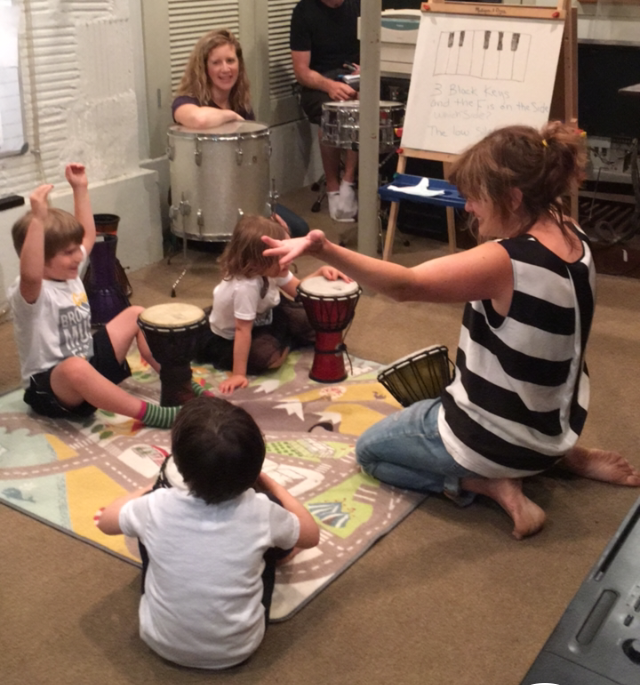
At Brooklyn Music Factory we take a similar approach, designing music games for kids and music players of all ages. We have seen that a fun first approach builds confidence and musical skills. And our Big Music Games teach the fluency of musicianship.
What does “Fluency of Musicianship” mean?
We play these interactive music games online and in person, and they fall into one of the four essential building blocks of rock and pop music. (They are actually the building blocks of all genres of music, but we focus on contemporary music at Brooklyn Music Factory.)
- Melody
- Harmony
- Rhythm
- Songwriting
Start Hearing the Notes
Melody music games, like Wait A Second, challenge students’ listening skills so they learn to hear the distance between two notes. (Musicians measure distance in sounds.)
When a musician recognizes the distance from a C to an E by ear, she can then translate that information to her instrument and use motor skills to repeat back the melody. Musicians with strong listening skills can actually hear the notes they see on a page, rather than simply reading the notes.
FUN FACT: Strong musical ears make for strong sight readers.
In music pedagogy, educators call this an “ear before eye” approach. The Suzuki method is another well known ear before eye approach, though that one focuses on Classical music.
“Suzuki students learn to play music before they learn to read it – just as a child will speak their first words long before they learn to read them. Suzuki students generally won’t begin reading music until they’re reading words fairly fluently, usually about 7 or 8 years old.”
-Suzuki Method School’s Blog Post
Hear More Than One Note at a Time
If melody is the horizontal part of music, harmony is the vertical one. Our harmony music games, like Major/Minor, challenge students to hear three or more notes at the same time.
Chords support melodies, and chords can move in progressions. So BLAM games played at our Students at our Brooklyn music school start by playing BLAM games that ask them to listen for a single chord quality (is it happy, meaning major, OR is it sad, meaning minor) and graduate to games asking students to hear one chord moving to another and then another. When students hear a chord quality and a harmonic rhythm, they then start to understand why they are learning how to play so many chords (on piano or guitar). They begin to listen more actively and hear MORE when they play music. And it all starts by playing music games!
FUN FACT: Musicians can learn to hear what they play before they even play it!! And this is what inspires them to WANT to play an instrument. They anticipate or imagine a sound, and then make that sound happen on their own instrument.
Hear More Than One Note at a Time
If melody is the horizontal part of music, harmony is the vertical one. By playing fun music games, like Major/Minor, students are challenged to hear three or more notes at the same time.
Chords support melodies, and chords move in progressions. So students both online and at our Brooklyn music school start by playing BLAM games that ask them to listen for a single chord quality (is it happy, meaning major, OR is it sad, meaning minor) and then graduate to games that teach them to hear one chord moving to another and then another. When students hear a chord quality and a harmonic rhythm, they then start to understand why they are learning to play so many chords (on piano or guitar). They begin to listen more actively and to hear MORE when they play music or listen to their favorite songs. And it all starts by playing fun games!
FUN FACT: Musicians can learn to hear what they will be playing on an instrument—whether they’re writing their own music composition or reading notes and chords on pieces of paper—before they even play it!! And this is what inspires them to WANT to play an instrument. They anticipate or imagine a sound, and then make that sound happen on their own instrument.
Inner Ear Versus Outer Ear
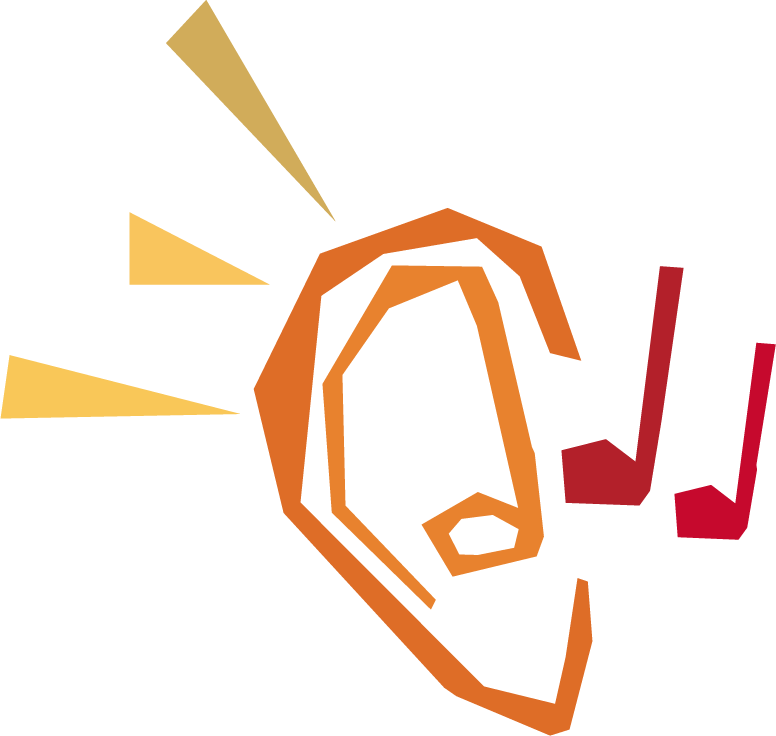
Musicians often talk about their inner ear versus their outer ear.
Inner Ear is that melody you keep humming that you can’t get out of your head.. It lives inside your head…Think of your favorite (or most annoying!) ad jingle. “State Farm is There” or “The Simp-sons”
The Outer Ear is what we think of when we think of listening. We literally hear an external sound (or harmony or melody) and then, if we hear it often enough (and it makes a big enough impression on us). we process it, remember it and it moves to our inner ear.
Music games (Big Music Games!) can be played on different musical instruments—or on no instrument at all—and focus on repetition and processing, while always trying to maximize the fun factor.
Get Your Groove ON: Rhythm Music Games
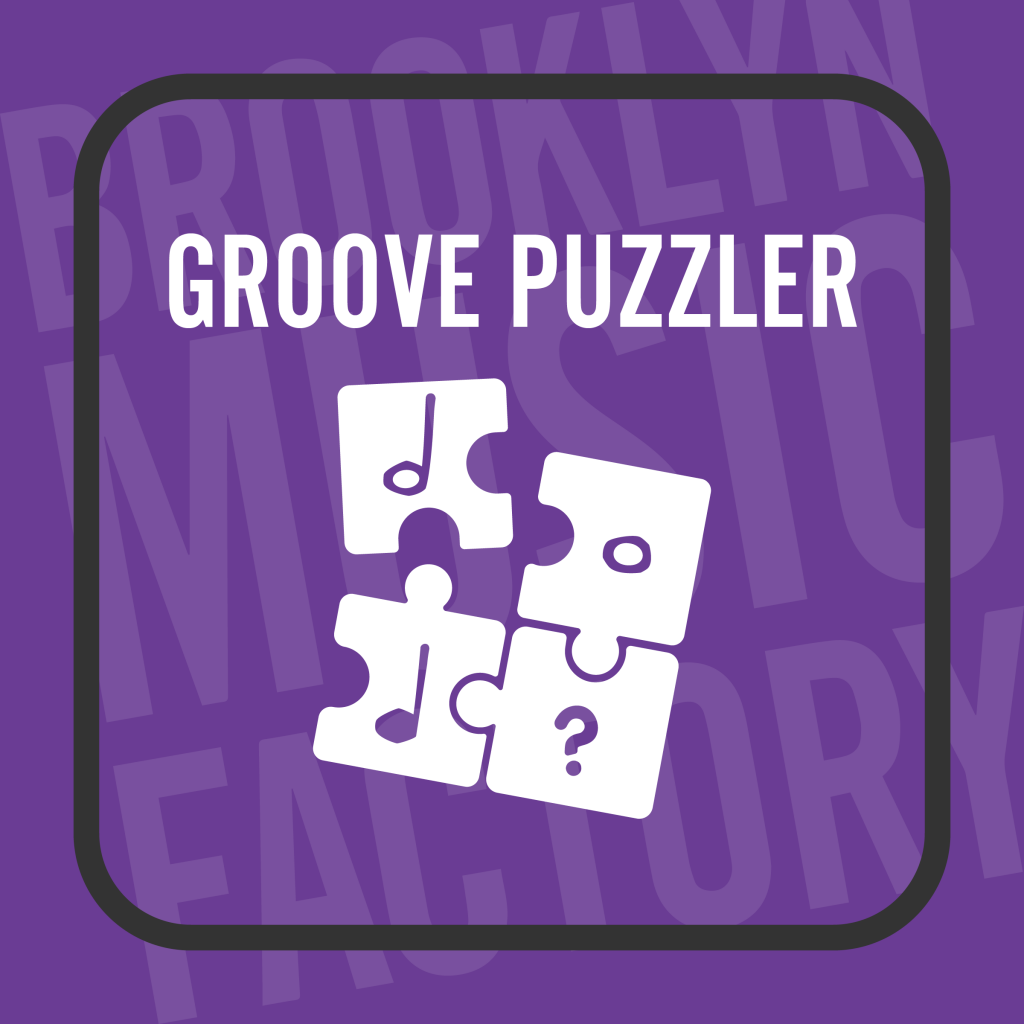
In rhythm music games like Groove Puzzler, students get to dive into notes of different lengths and combinations, starting with basic rhythms and ultimately learning how those notes form grooves.
We have found that rhythm is the #1 place to start when giving musicians the tools they need to play with others in a band—regardless of the musical instrument they play. Groove, groove, groove! It’s both the MOST fun and the MOST important. At least it feels that way in the beginning. Rhythm and groove are like the glue that binds melody and harmony together.
Groove Puzzler is a fun music game for kids that challenges the player to listen for patterns in rhythm and then put the note values in the correct order, left to right, to recreate that pattern. Kids love this music game, online or in person! And what they don’t realize is that they are actually learning how to read rhythms, in addition to listening to and transcribing them.
FUN FACT: The contemporary composer John Cage defined music as “controlled sound and silence.” This is a great way to think of rhythm. It’s how we control both the sound and the silence (doesn’t matter if it’s melody OR harmony OR a combination of both).
The Power of Songwriting
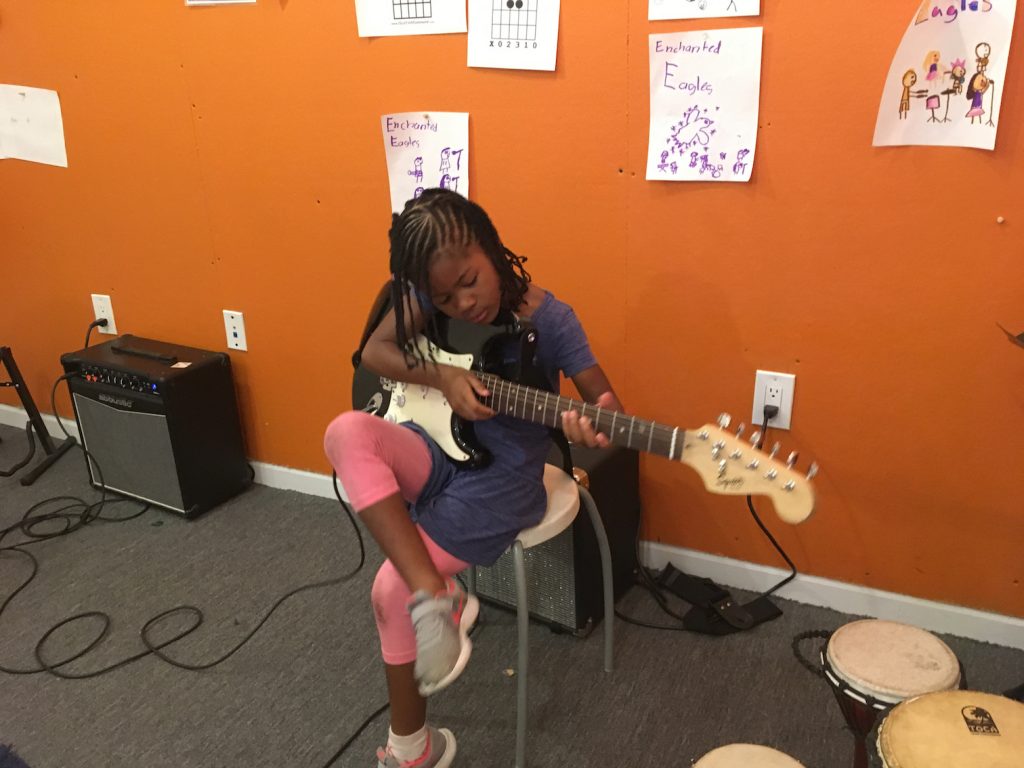
The final Big Music Game category is songwriting. One of my favorite songwriting music games is Word Beat. Word Beat challenges the player to listen to the words and syllables in the lyrics of a song and place them correctly within a measure of music. By “correctly,” I mean accurately placing each syllable where it falls in the rhythm sequence.
Take a familiar song like “Row, row, row your boat, gently down the stream”. In Word Beat, the game asks the player to count in their head and decide if the first “row” lands on beat #1 or beat #2 of the measure of music. Simple songs and simple rhythms like this one teach essential listening skills and the basics of music.
Why is this type of music knowledge SO important? For starters, kids get to listen to words and then drag them around the screen, either during in-person music lessons or online music lessons. They are addicted to this simple game!! So just from a focused listening point of view, Word Beat is a hit. In addition, this music game actually teaches the musician to realize how a song’s lyrics influence the overall groove or rhythm of the song.
Along the way, kids start to view lyrics differently. Lyrics are more than the story a song tells; they are a key element of the composition!
Tie It All Together With Music Games
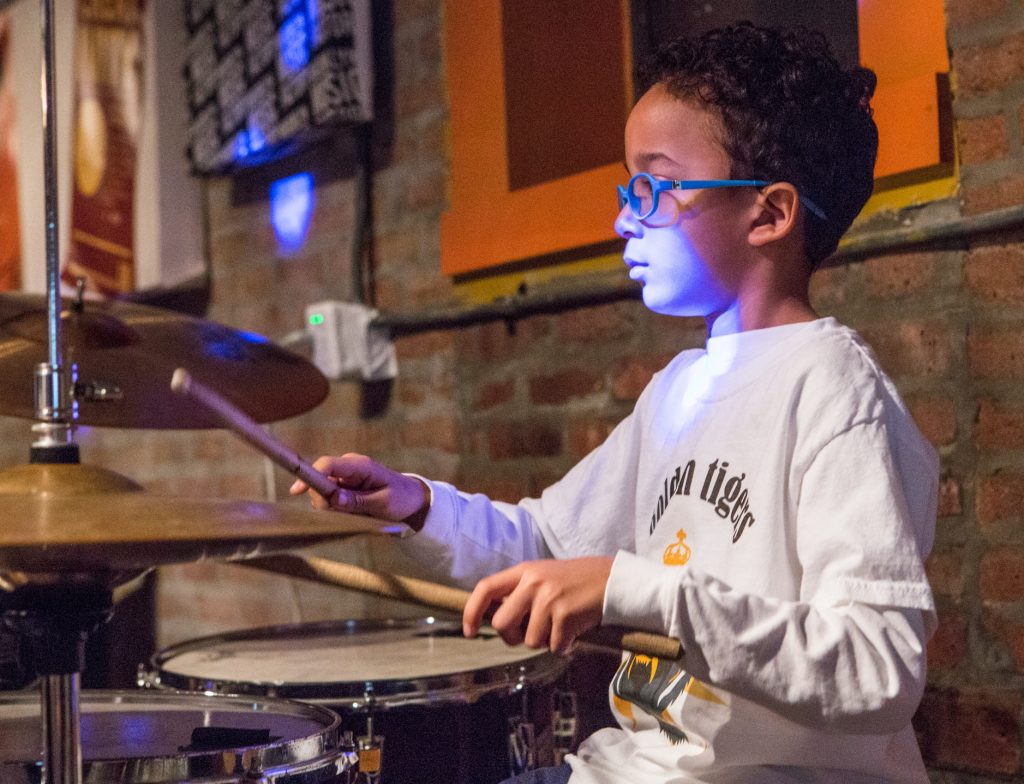
Really smart musicians (those with advanced music fluency) use lyrics to trigger the part of the song they are playing on their instrument. For example, a drummer might know that every time “row” is sung, he is going to play his bass drum with his foot. OR a guitar player might listen for lyrics to recognize when exactly to switch from a G chord to a C chord. Word Beat and other music games for kids teach growing musicians to be more in touch with the story, aka the lyrics of a song, as they apply to the entire arrangement.
FUN FACT: Most great drummers memorize the lyrics to the songs they play because the story helps them remember which beats to play during each section. A verse may get one feel, while the chorus gets an entirely new beat.
Here is great comment from a video for pro drummers on how to learn a song (and make a chart) in just 10 minutes:
“I think most drummers have their own way of “charting” songs? Personally, I do like a lot of what others are saying. I’ll print the lyrics out and make notes where things will need to change, or where a fill starts and stops, pauses, builds up, etc. directly over the word where whatever needs to happen in the song. Having the lyrics also helps me memorize the song a lot faster as well.”
-Randy Cooke, Drummer (Drumeo)
Back to BLAM Badges
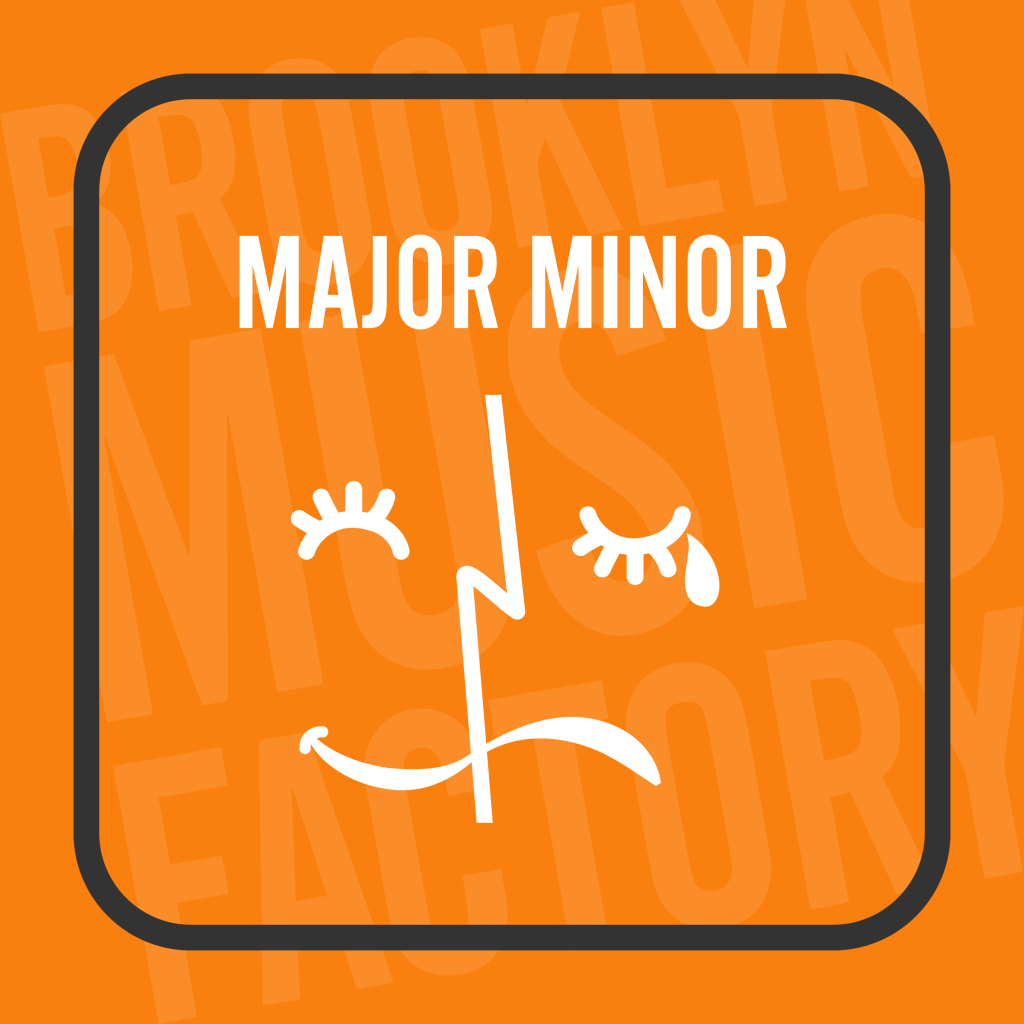
Big Music Games are so much more than simply games we play to have fun. These music games provide a holistic approach to nurturing the entire musician and encouraging them to lead with their ears and find joy at every one of the 15 levels.
Do Big Music Games get hard for our students? Yes.
Are Big Music Games leveled by age? Yes.
Do some students move more quickly than others thorough levels? Of course!
How long does it take a student to get through all 15 levels? As long it needs to!
Whether your child is taking piano lessons in Brooklyn, learning guitar on her own at home, or studying classical voice in Chicago, playing BLAM games can–and will!–level up their musical mind!
Check out our library of fun and FREE music games on BMFTV! There are BLAM games and fun music activities for all ages–even adults!
Click HERE to learn more about BMFTV and explore tons of free games!
Have fun playing!!
